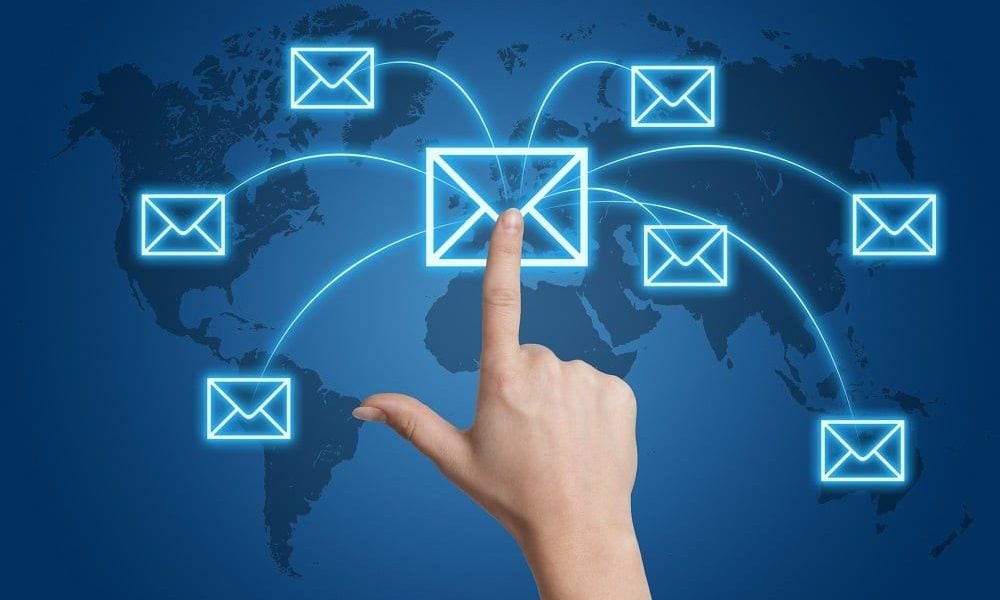
Email Etiquettes to Boost Your Career

In today’s digital age, email has become an essential tool for communication in the workplace. Email communication can often dictate the success or failure of a project, the growth of a business, or even the advancement of an individual’s career.
Whether you are a seasoned professional or a newcomer to the corporate world, it is crucial to understand the basics of email etiquette. How you communicate through email can significantly impact your professional image and even determine your career prospects. So, let us dive into the details of email etiquette that can help you grow your career.

Mailerlite/ Pinterest | A subject line should be concise and informative, providing the recipient with a clear idea of the email’s content
Write a Clear Subject Line
A subject line is your email’s headline and should be concise and informative. A well-composed subject line opens the door to better email communication. People receive an enormous number of emails daily and do not have the time to read every email they receive. Therefore, a clear subject line can make the difference between your email being opened and read or deleted without ever being seen.
A well-written subject line will help the recipient understand what the email is about before opening it and thus ensure a timely response. Try and be as specific as possible in the subject line and add the urgency, if any, about the email.
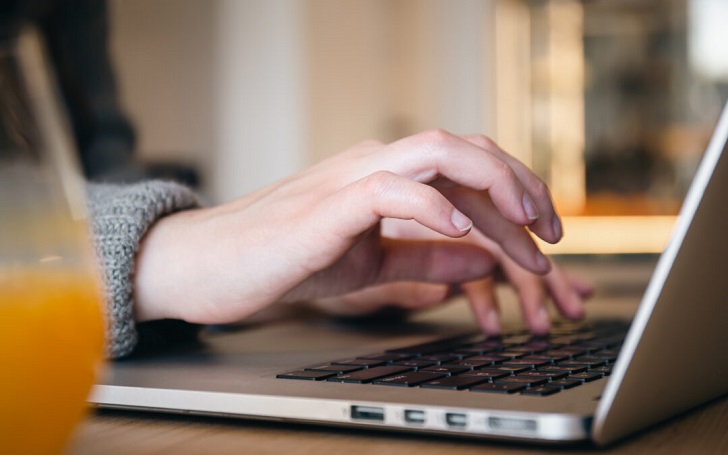
Ramakant/ Getty Images | As a professional, clear and concise communication is key to effective communication in any setting
Start With a Professional Salutation
The salutation is the introduction of your email. Address the recipient by their name, title, and company. Avoid informal greetings like “Hey” and opt for more formal salutations like “Good Morning/Afternoon” or “Dear Mr./Ms./Dr.”
Always Greet the Recipient
Personalizing your email greetings is a great way to begin your emails. It shows that you respect the recipient and value their time. Choose an appropriate salutation depending on the situation and the person you are addressing. It is always safe to address them by their name.
Keep Your Message Brief
Nobody wants to read a long email. Keep your message brief and to the point. Remember that your email recipient doesn’t have much time to read long emails, and you want to ensure you convey your message clearly and efficiently. Your email should be written with a clear purpose, and it should be easy to read.
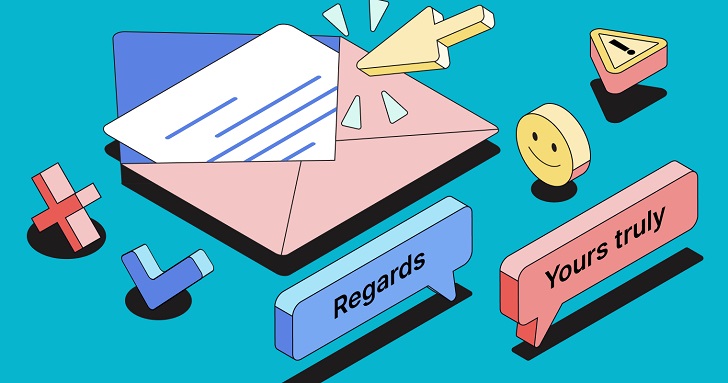
Karen Hertzberg/ Flickr | “Best,” “Regards,” “All the best,” and “Best regards” are some of the safest email closings
Use Proper Grammar and Punctuation
A poorly written email with spelling and grammar errors can make a bad impression on the recipient. Remember to proofread your email before sending it. Use correct grammar, capitalization, and punctuation. An email full of errors can make you appear unprofessional.
End Your Emails With a Call-to-Action
Every communication with your email recipient should have a purpose. Make sure that your email has an end goal in mind. It could be asking a question, confirming a meeting, or starting a project. Whatever your end goal is, make it clear and straightforward, and ensure you end your email with a call to action.
More in Career
-
Cap Table Management Firm Pulley Gets Featured on Forbes’s Top 50 Fintech Startups
Pulley, a San Francisco-based cap table management firm, is swiftly gaining momentum, challenging industry giants and redefining the landscape for startups...
February 27, 2024 -
Redefining Your Path: 6 Essential Steps for Career Reengineering
So, you’re at a crossroads in your career, contemplating a change that could redefine your professional path or perhaps dreaming of...
February 19, 2024 -
Unsecured Loans: A Deep Dive
When financial needs arise, borrowing money can provide a solution. But which loan products make the most sense for your situation?...
February 16, 2024 -
How to Get Back to Work After a Career Break | 5 Tried & Tested Tips
Taking a career break can feel like you have hit the pause button on a movie. The world continues to move...
February 10, 2024 -
Small-Cap Stocks Could Be Your Biggest Win in 2024 – Here’s Why
In the stock market, where titans like the S&P 500 often steal the spotlight with their record-breaking performances, it is easy...
February 3, 2024 -
4 Things We Learned From the 2024 Golden Globes: A Night of Surprises and Inspirations
The 81st Golden Globes, held on January 7, 2024, was an event that transcended the boundaries of a typical awards ceremony....
January 26, 2024 -
The Path to Wealth: How 3 Productivity Tips Led Me to Multimillionaire Heights
In the pursuit of success, one often encounters the timeless question: How do successful individuals maintain such high levels of productivity?...
January 20, 2024 -
Exciting Career Horizons in 2024: Is Now Your Moment?
As we step into the vibrant landscape of 2024, a question bubbles up in the minds of many: “Is now the...
January 9, 2024 -
Here Are the Top 5 Nickel Stocks to Buy
As you venture into the intriguing world of investing, there is a shiny sector that deserves your attention: Nickel stocks. First...
December 31, 2023


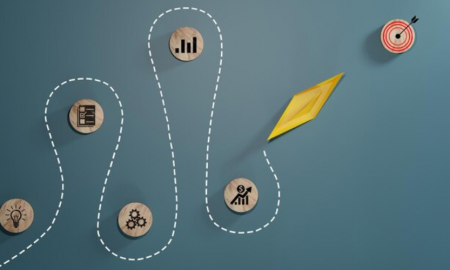


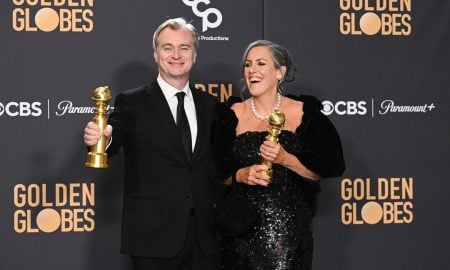








You must be logged in to post a comment Login